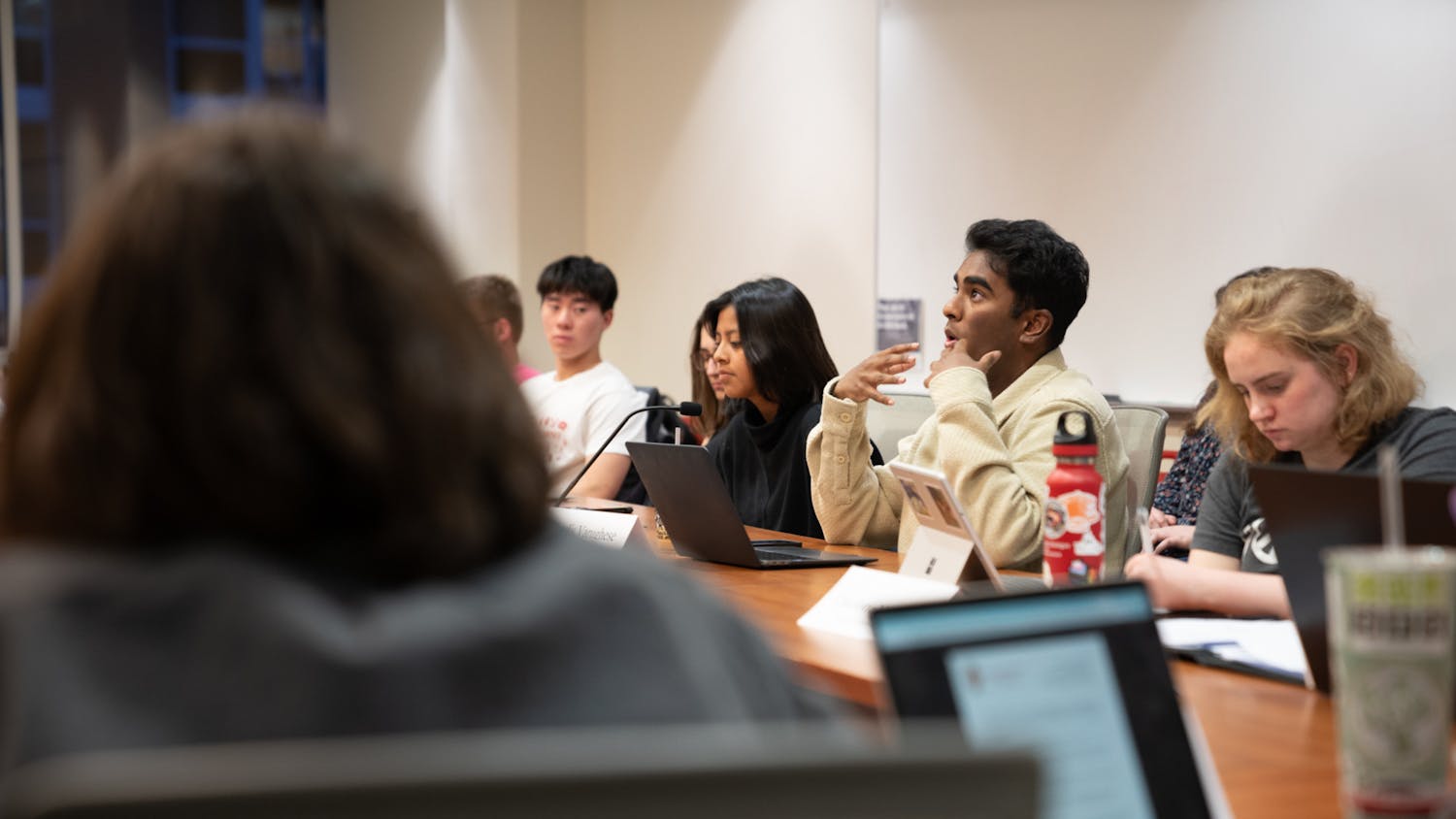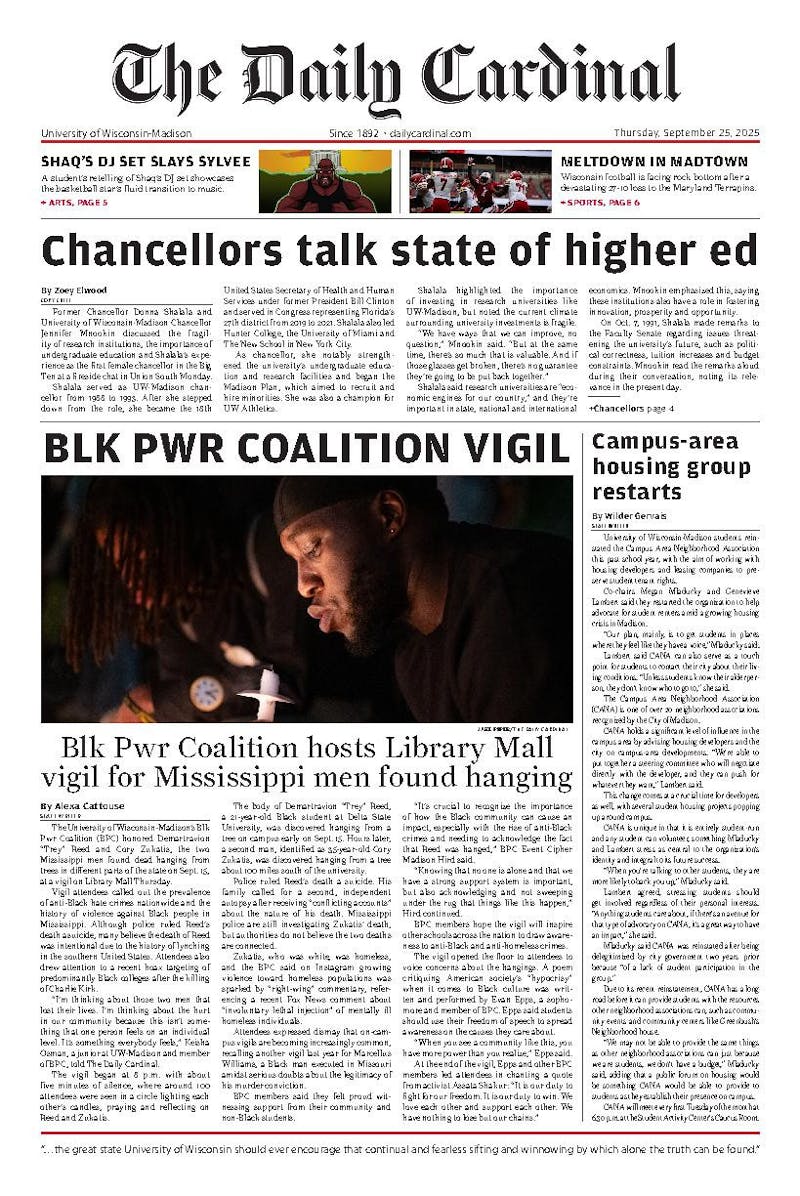UW-Madison virologists and international scientists published a report today revealing findings that show if certain mutations to an avian virus occur, avian influenza could become transmissible from human to human.
The scientists compared strains of the influenza virus found in birds that have infected humans and discovered that if two key changes occured in the H5N1 virus, the virus would recognize human receptors.
""There are big differences between the virus first found in 1997 and the virus we see now,"" said Yoshihiro Kawaoka, UW-Madison School of Veterinary Medicine virologist and senior author of the report. ""We are watching this virus turn itself into a human pathogen.""
By knowing the genetic changes required to make the H5N1 virus transmissible from human to human, scientists will have the resources to work efficiently to try to develop vaccines earlier and pinpoint viral strains that could potentially turn into pandemics or widespread, lethal outbreaks, according to a Wednesday University Communications release.
Although Kawaoka and the other researchers said more mutations are required for the virus to become easily transmissible from human to human, the team is not sure how many mutations would need to occur.
Further research and monitoring will help researchers construct a mutation map to predict when the virus may turn into a human pathogen.





